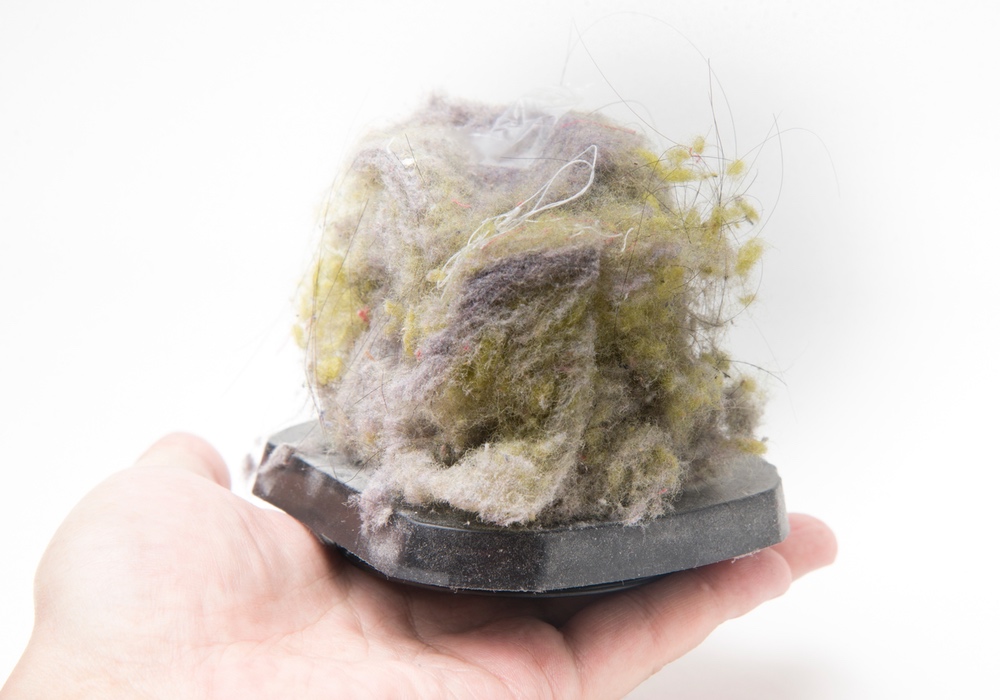It used to be that dust was just dirt. Not anymore. Today your household dust also contains a mix of toxic chemicals. A look at household dust samples around the country found that the dust in our homes contains a range of carcinogens and endocrine disruptors.
The toxins in dust are a particular health concern for children, especially babies. Not only do they spend much of their life crawling on the floor, they often put their hands in their mouths; and their size makes them more sensitive to small amounts of toxins.Researchers reported 45 worrisome chemicals overall, with 10 of them present in over 90% of the dust samples, including DEHP and TDCIPP, both carcinogens.
The hazardous chemicals in household dust may also pose a growing global health concern, as people in developed countries spend more and more of their time indoors.
The study, an analysis of results from 26 published papers and one unpublished data set by public health researchers around the country, specifically looked at toxic chemicals that are commonly found in consumer products, including personal care items, cleaners and furniture.
Researchers reported 45 worrisome chemicals overall, with 10 of them present in over 90% of the dust samples, including DEHP and TDCIPP, both carcinogens.
The chemicals fell into five major classes, listed below in order from those with the highest concentrations to the lowest.
The amounts of most of these toxins are small, but they can add up. Through a process known as synergy, two toxic chemicals together can cause more harm than each would individually, the researchers — from George Washington University, Harvard, the NRDC, Silent Spring Institute and the Universityof California, San Francisco — warn.
Are you reaching for the vacuum cleaner? Those that have HEPA filters pick up more particles and leave the air cleaner. But it's better to do what you can to avoid these chemicals in the first place, by reading labels and making sure not to buy personal care products, furniture and other household items that contain them. Because they're also found in cables, wires and electronics, avoiding these toxins totally may be impossible.
The study appears in Environmental Science & Technology and is freely available.





